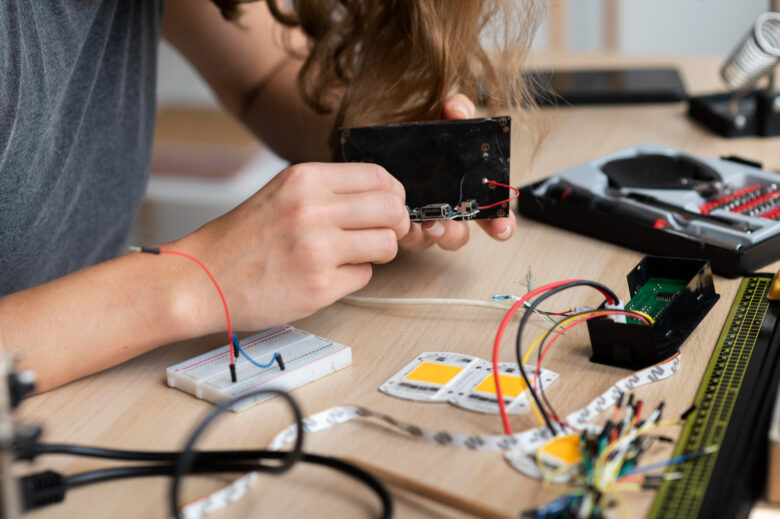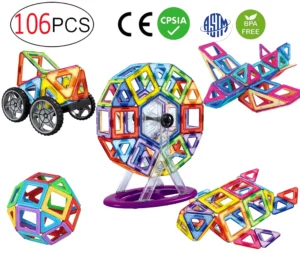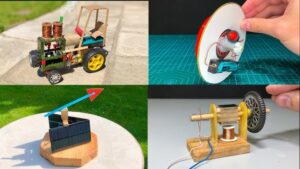DIY electronics may seem complex at first, like trying to translate an obscure language. But you can break the code through progressive steps.
Start off small with a basic kit, such as the Flip Flop LED Flasher, to learn component identification and soldering techniques. Assume mistakes as opportunities for growth! Finally, practice troubleshooting techniques – turning any circuitry errors into valuable lessons learned!
Identify Your Interests
As a beginner to DIY electronics, it’s essential that you identify your interests. Are you hoping to create something useful, educational or simply fun? Perhaps learning how to build certain machines on YouTube would suit you? Whatever it may be, YouTube tutorials may offer guidance to meet these goals if needed – otherwise avoid purchasing too much expensive equipment at first unless the hobby truly resonates.
Some projects require more skills than others, like sewing and soldering. A good starting point would be creating a soft circuit such as an LED light or fan by running conductive thread through fabric like shirt sleeves or hat brims – an instructables tutorial can show you how to sew one! You may also find guides online for creating breadboards and working with electricity.
Other projects, like solar-powered phone chargers or energy harvesting sensors, can be constructed by following a schematic and connecting components together. A breadboard should be used before soldering any components together for easier testing and troubleshooting of your circuit. Furthermore, learning to strip and splice wires – an essential skill when working in electronics – makes connections 5x stronger than simply laying parallel wires together and soldering.
Assess Your Skills
If you are starting from scratch and have no prior experience, we suggest beginning with the basics – buy an Arduino board, learn all that you can about it via google and project-driven learning, then start small – such as making a blinking LED (an electronics version of “Hello World!”). Don’t worry about mistakes as they will only serve to teach us more lessons! Failure will bring faster success; failure is part of becoming an electronic engineer DIY!
Choose Your First Board
As part of any new project, selecting an appropriate board is critical. Novice builders often make errors in selecting components or following assembly instructions incorrectly, leading them down a path toward incomplete circuits. To avoid this pitfall, newcomers should begin their projects using kits tailored specifically for their skill level with clear instructions and labeled PCBs that include clear labelling of PCBs – this also provides an opportunity to hone components identification skills as well as soldering techniques.
Breadboards are ideal boards for beginning electronics projects, consisting of holes that you can push components through. This approach makes assembling circuits straightforward for novice users. If unsure, check out Lifehacker or websites dedicated to DIY electronics such as Instructables, HackaDay, or Adafruit for resources that may help guide your selection process.
Solderless breadboards provide another option for beginners looking to avoid soldering irons and their risks, allowing circuit testing before permanent assembly is undertaken. Before installing any parts, read all instructions thoroughly and double-check their placement to avoid mistakes. These boards can be purchased online.
Get Started
DIY electronics has quickly become an engaging and fulfilling hobby over the past decade, offering people an accessible way to create functional electronic devices without needing advanced knowledge of complex circuits or tools. Do-it-yourself is also an invaluable way to learn about components as well as gain practical hands-on experience!
DIY electronics has experienced exponential growth due to technological innovations that are making entry easier for enthusiasts. From miniaturization and open-source platforms, these advancements enable enthusiasts to customize and build upon technology in ways once thought unthinkable.
Before beginning any electronics projects, it is essential to arm yourself with some fundamental tips in order to guarantee its success. These essential guidelines include understanding the function and specifications of common components like resistors, capacitors and transistors – becoming familiar with them will make designing circuits simpler as well as troubleshooting any malfunctioning ones more straightforward.
Additionally, it is vital to practice safe work habits and take the time to test connections prior to embarking on any project. This will help avoid errors such as misplacing components or using inappropriate soldering techniques. Furthermore, patience and perseverance during the learning process is a necessity; rookie mistakes will inevitably happen at some point but can be minimized with proper guidance and preparation.




